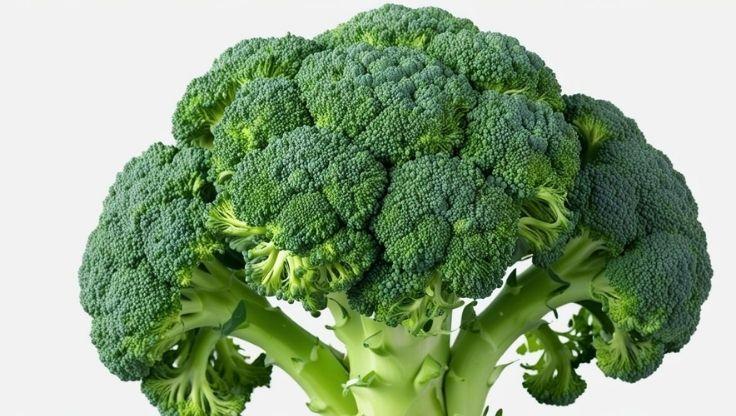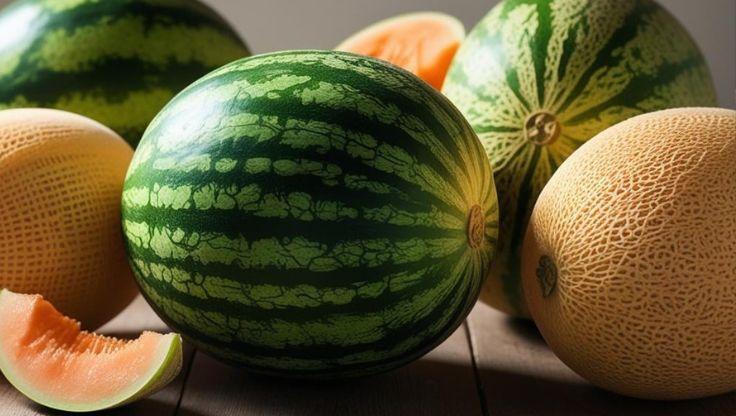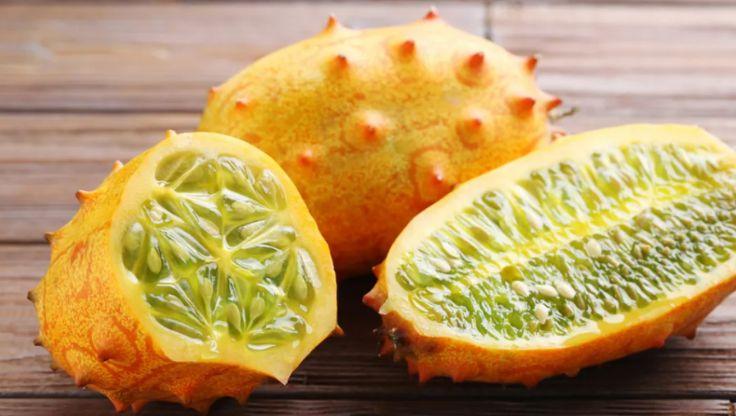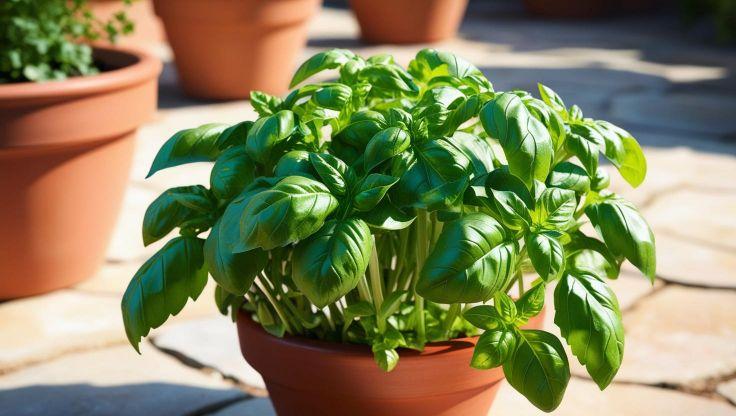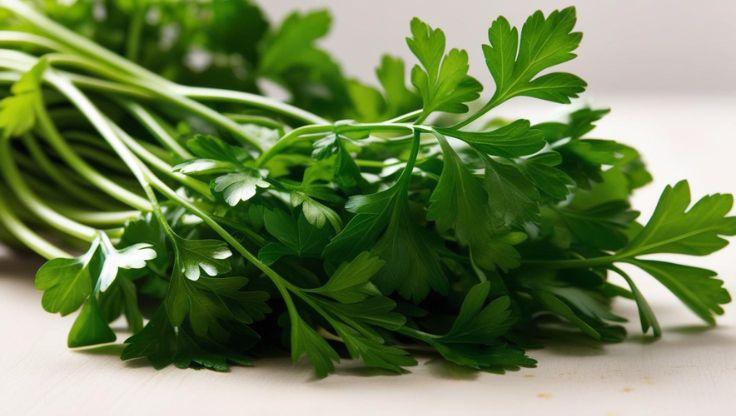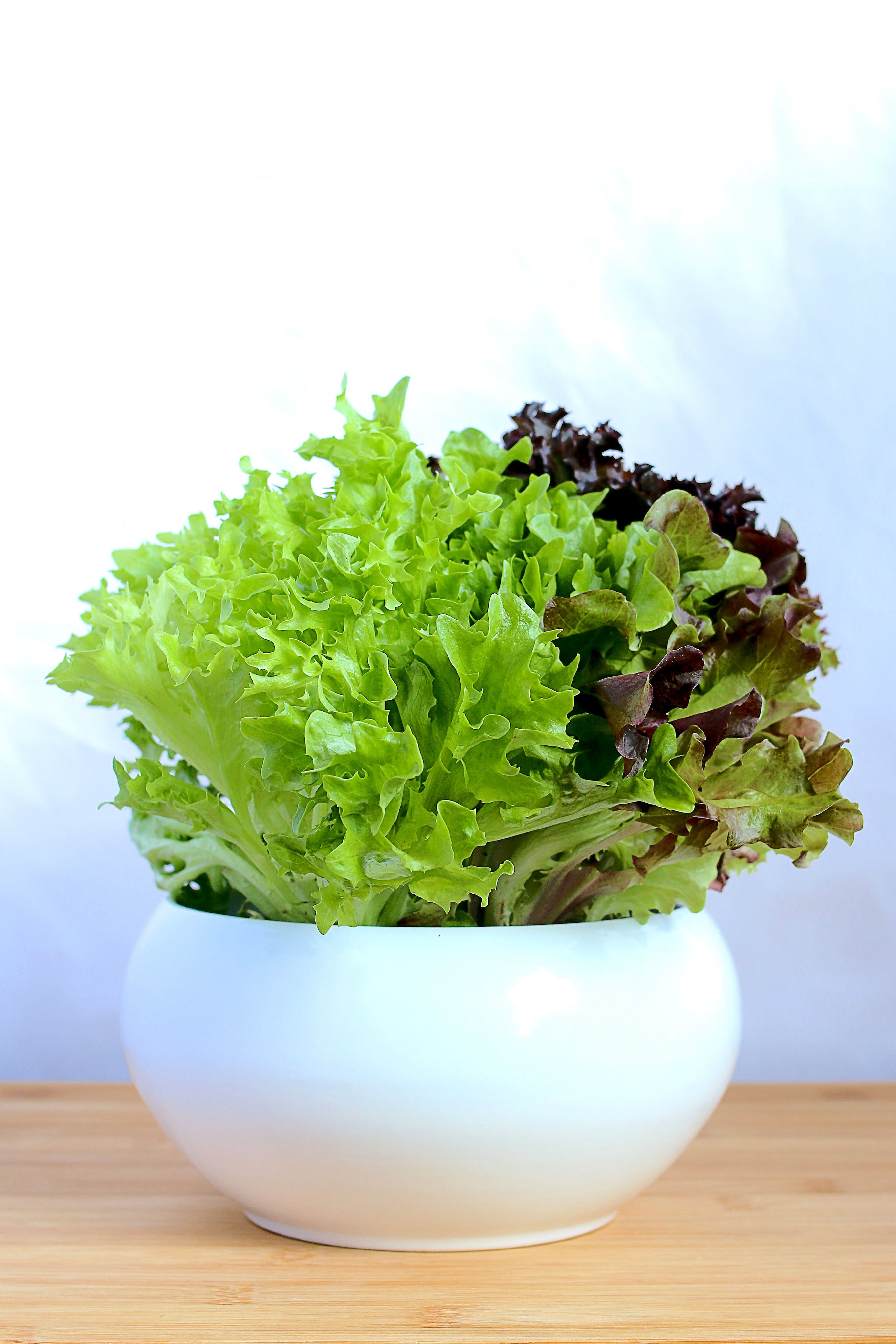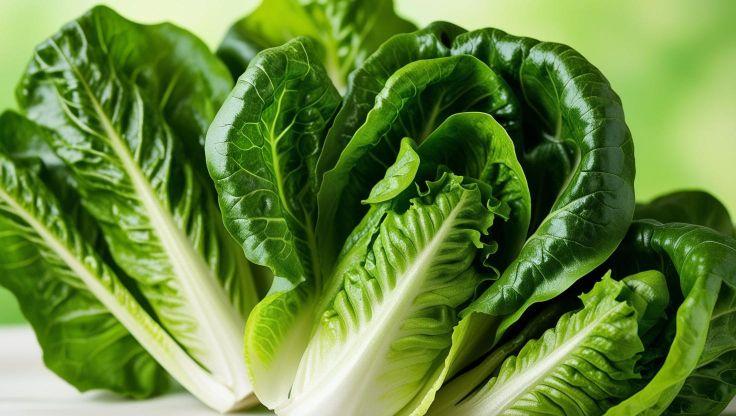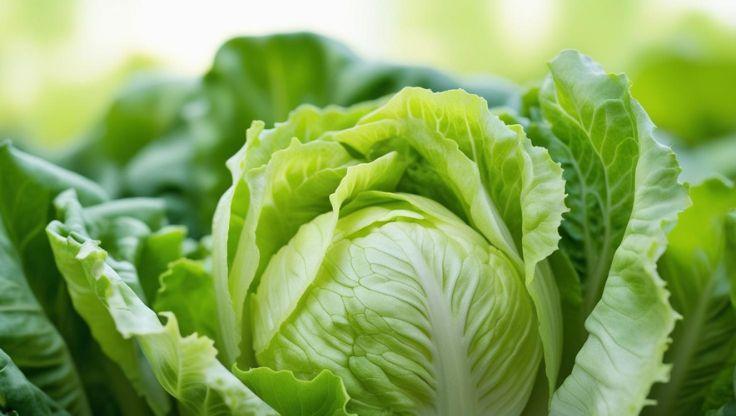Hydroponic Plants: Growing Gourds for Maximum Yields
Gourds (Cucurbitaceae family) are a diverse group of vegetables that include bottle gourds, snake gourds, and bitter gourds. These plants have been cultivated for centuries for culinary, medicinal, and decorative purposes. Due to their vigorous vine growth, gourds are well-suited for hydroponic farming, where controlled conditions ensure optimal nutrient uptake and higher yields. Compared to soil-based cultivation, hydroponic plants eliminate soil-borne diseases and allow precise environmental management for better productivity.

Optimized Guide to Hydroponic Growing Conditions for Gourds
Hydroponic plants, including gourds, thrive in controlled environments that optimize nutrient absorption, accelerate growth, and ensure consistent fruit production. By carefully managing key factors such as pH balance, electrical conductivity (EC), lighting conditions, temperature, and humidity, growers can cultivate healthier crops with higher yields.
Ideal pH and EC Levels for Hydroponic Gourds
Maintaining precise pH and EC levels is fundamental to supporting vigorous plant development and efficient nutrient uptake.
- pH Range: Hydroponic gourds require a pH level between 5.5 and 6.5, which facilitates optimal nutrient absorption and promotes strong root growth.
- EC Levels: An EC level between 1.8 and 2.5 mS/cm ensures a well-balanced mineral supply, preventing nutrient deficiencies and fostering steady development.
- Root System Health: Proper regulation of pH and EC strengthens root structures, leading to robust vine expansion and improved fruit production.
Lighting, Temperature, and Humidity Requirements
Like other hydroponic plants, gourds require specific environmental conditions to sustain steady growth and maximize fruit yield.
- Light Exposure: Gourds cultivated in hydroponic systems benefit from 10 to 14 hours of daily illumination, ideally provided by full-spectrum LED grow lights or natural sunlight, which enhances photosynthesis and supports healthy foliage.
- Temperature Range: The recommended temperature for optimal gourd growth is 20 to 30°C, ensuring consistent metabolic activity and reducing stress-related growth delays.
- Humidity Control: Maintaining humidity levels between 60 and 75% helps prevent dehydration while minimizing the risk of fungal infections, ensuring strong leaf development and successful fruiting.
Optimized Guide to Seed-to-Seedling, Growth Cycle, and Varieties for Hydroponic Gourds
Hydroponic plants, including gourds, require precise cultivation techniques to ensure optimal germination, steady growth, and high-yield fruit production. By carefully managing each stage of development, growers can maximize efficiency and produce high-quality gourds in controlled environments.
Seed Germination and Early Growth
The cultivation process begins with seed germination, a critical phase that determines plant vigor and overall success.
- Germination Time: Gourd seeds typically sprout within 7–14 days, depending on environmental conditions and seed quality.
- Seed Density: To prevent overcrowding and ensure strong root development, each hole should contain only one seed.
- Optimal Conditions: Maintaining a temperature range of 20–30°C (68–86°F) and ensuring adequate moisture levels promote successful germination.
Transplanting and Growth Acceleration
Once seedlings reach a stable growth stage, they are ready for hydroponic transplantation.
- Transplant Timing: Seedlings should be moved to their hydroponic setup once they reach 3–4 inches in height, ensuring proper root establishment.
- Growth Duration: Hydroponic gourds mature within 50–80 days, depending on the variety and environmental conditions.
- Nutrient Optimization: A well-balanced nutrient solution ensures robust vine formation and prevents deficiencies.
Popular Hydroponic Gourd Varieties
Selecting the right gourd variety is essential for maximizing yield and quality. Some of the most suitable hydroponic varieties include:
- Bottle Gourd: Known for its elongated shape and mild flavor, commonly used in culinary applications.
- Bitter Gourd: A nutrient-rich variety with medicinal properties, widely used in traditional remedies.
- Ridge Gourd: Recognized for its firm texture and versatility, ideal for soups and stir-fries.
Uses and Benefits of Hydroponic Gourds
Hydroponic plants, including gourds, are widely cultivated for their culinary versatility, nutritional benefits, and sustainability. These nutrient-rich vegetables are essential in various global cuisines and provide numerous health advantages.
Culinary Applications of Hydroponic Gourds
Gourds are a staple ingredient in many traditional dishes across different cultures, offering a mild flavor and adaptable texture.
- Asian Cuisine: Used in stir-fries, curries, and soups, gourds absorb spices and seasonings well, enhancing the depth of flavors.
- Mediterranean Dishes: Commonly incorporated into stuffed recipes, gourds pair well with herbs, grains, and proteins.
- African Cooking: Frequently prepared in stews and braised dishes, gourds contribute to hearty, nutrient-dense meals.
Health Benefits of Hydroponic Gourds
Beyond their culinary appeal, hydroponic plants like gourds provide essential nutrients that support overall well-being.
- Rich in Antioxidants: Gourds contain vitamin C, flavonoids, and beta-carotene, which help combat oxidative stress and strengthen immune function.
- Supports Digestive Health: Their fiber content promotes gut health by aiding digestion and preventing constipation.
- Hydration and Weight Management: With a high water content, gourds help maintain hydration, while their low-calorie profile supports weight control.
Research for expert insights
Gain expert knowledge and practical guidance by checking out the following detailed resources.
|
Institution |
Article Title |
Article Link |
|---|---|---|
|
Sher-e-Bangla Agricultural University |
Photosynthetic Response and Antioxidant Content of Hydroponic Bitter Gourd |
|
|
Springer |
Interspecific Rootstocks Improve the Low-Temperature Resistance of Bitter Gourd |
|
|
MDPI |
Enhancing Growth, Yield, and Antioxidant Activity of Bitter Gourd |
With meticulous analysis, they offer expert knowledge, serving as an outstanding reference for those eager to learn more.







